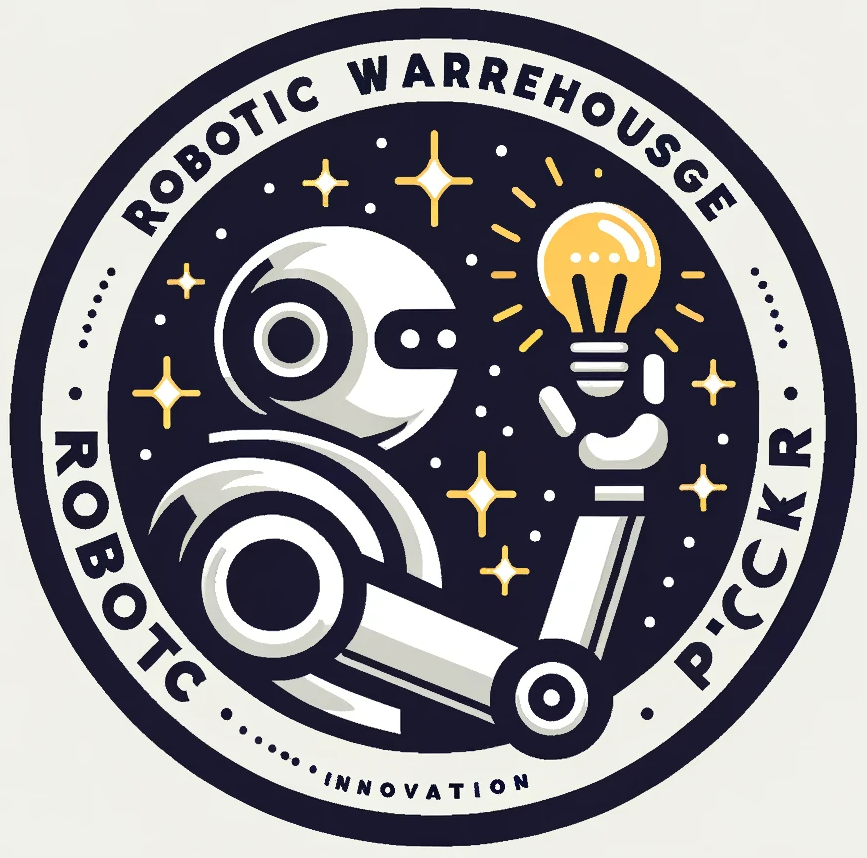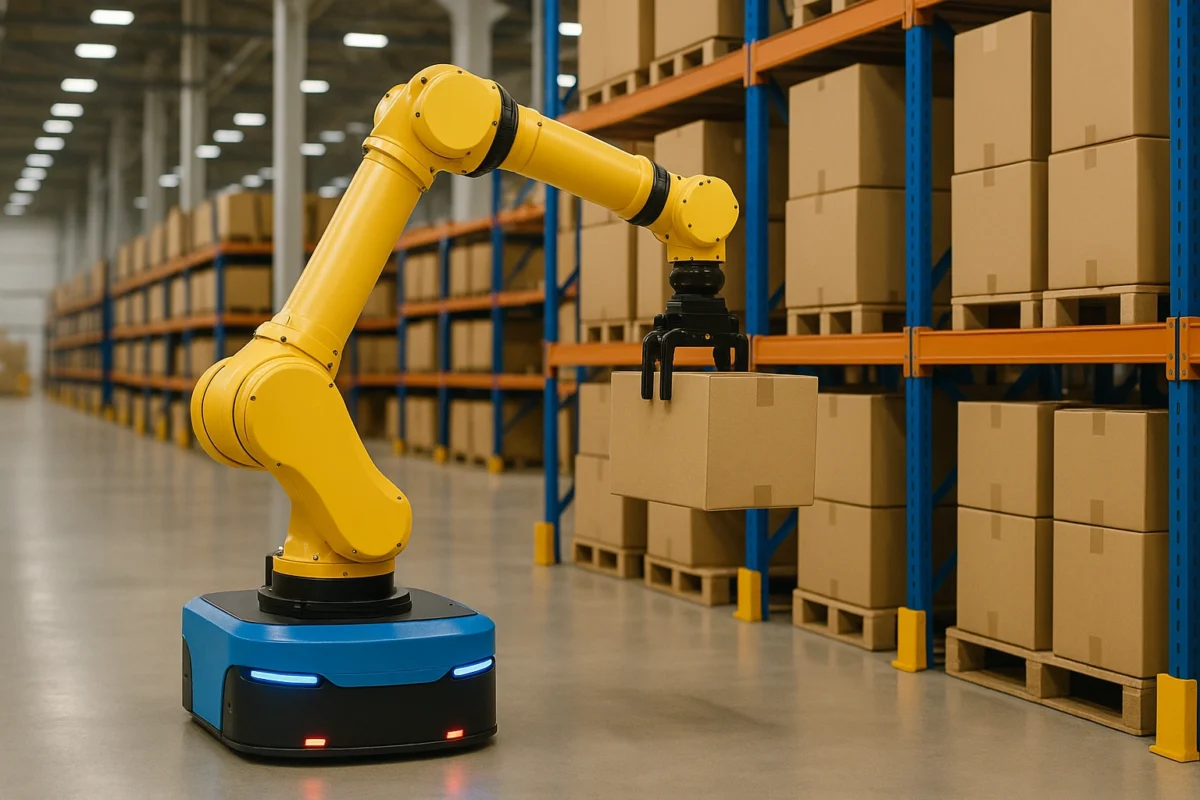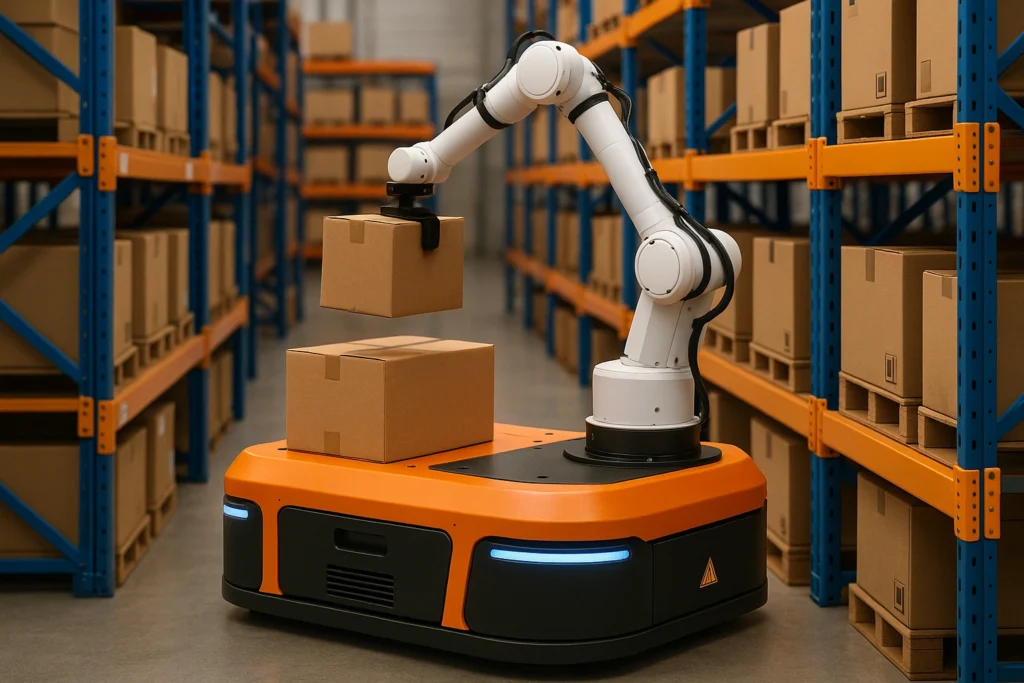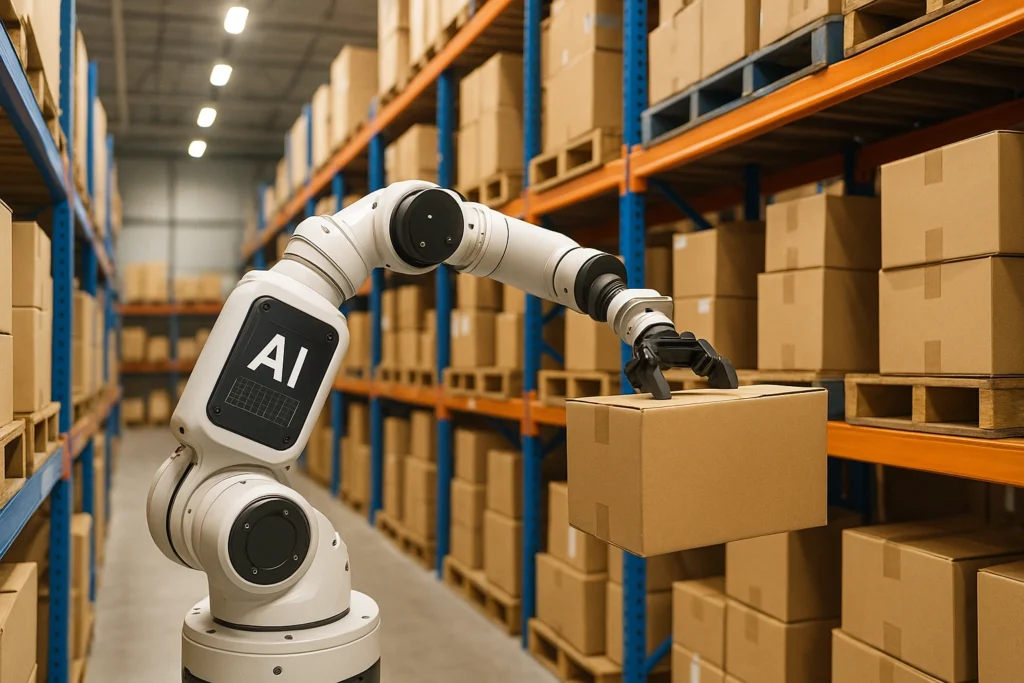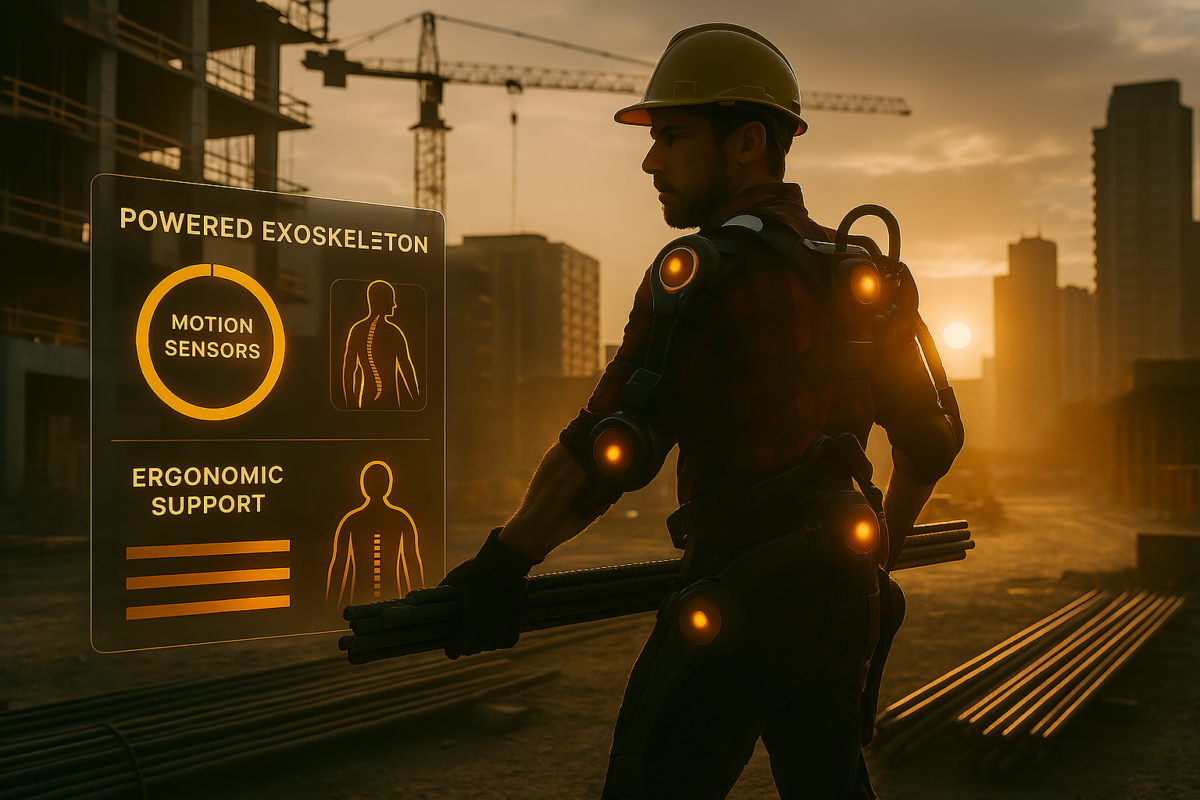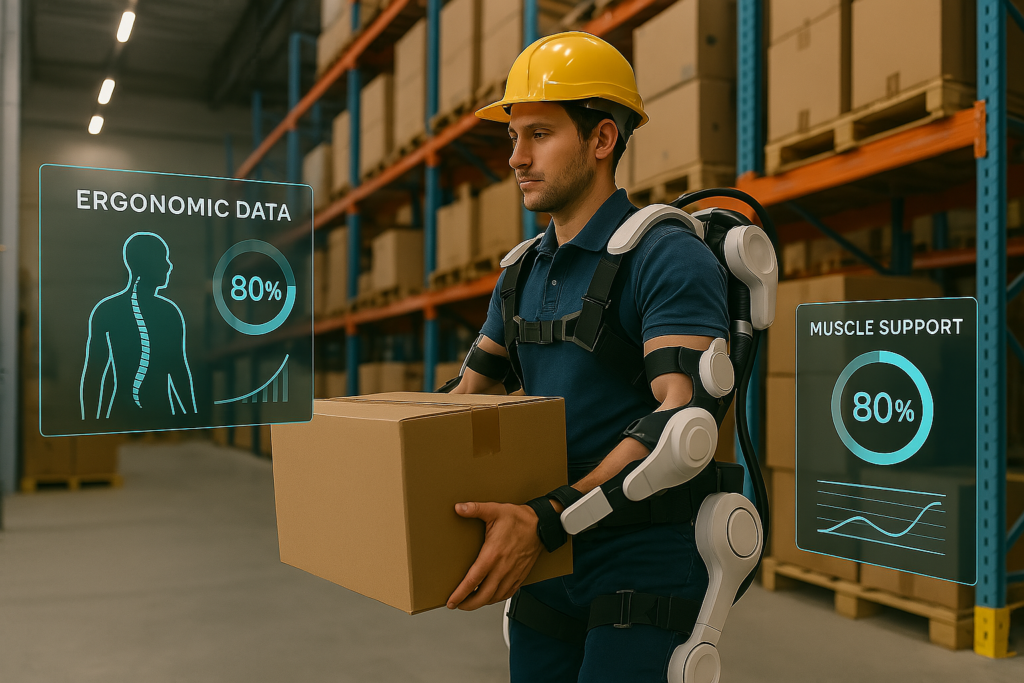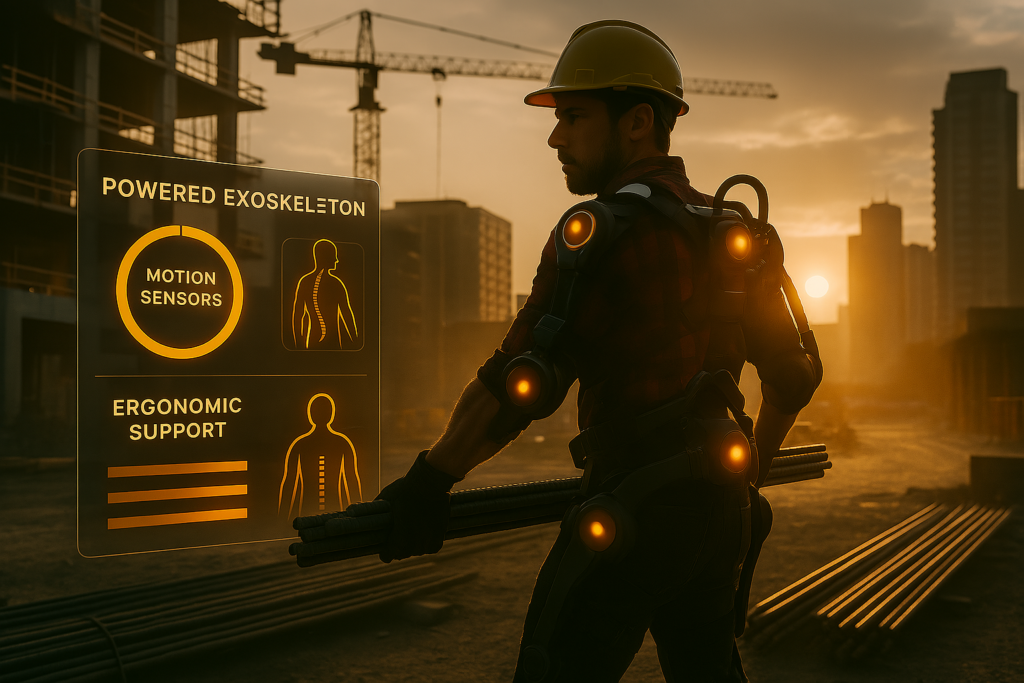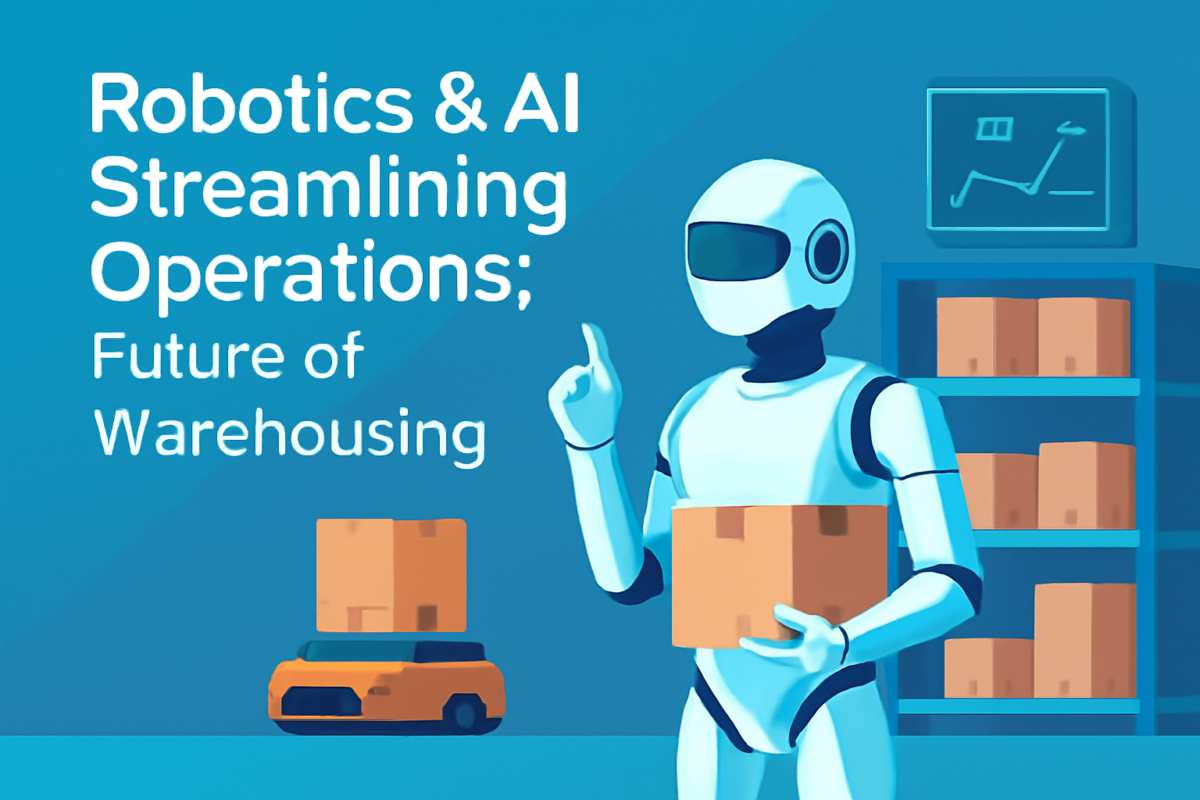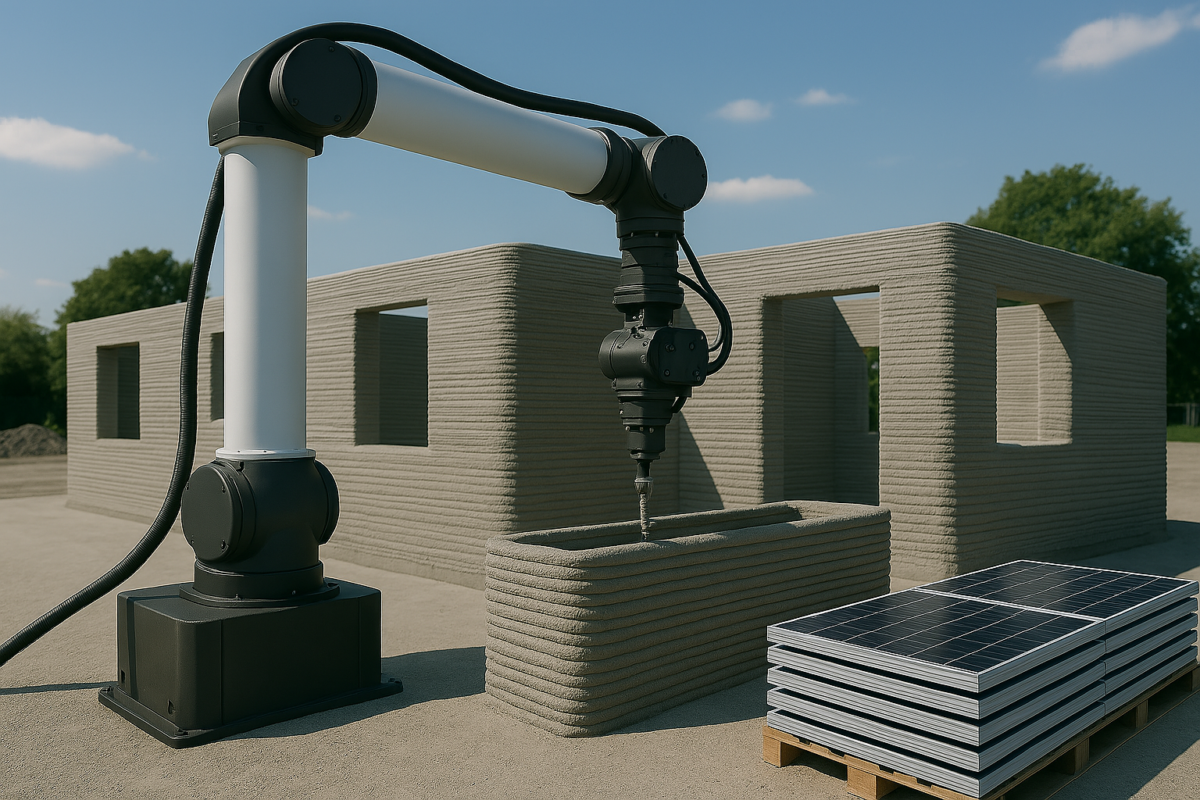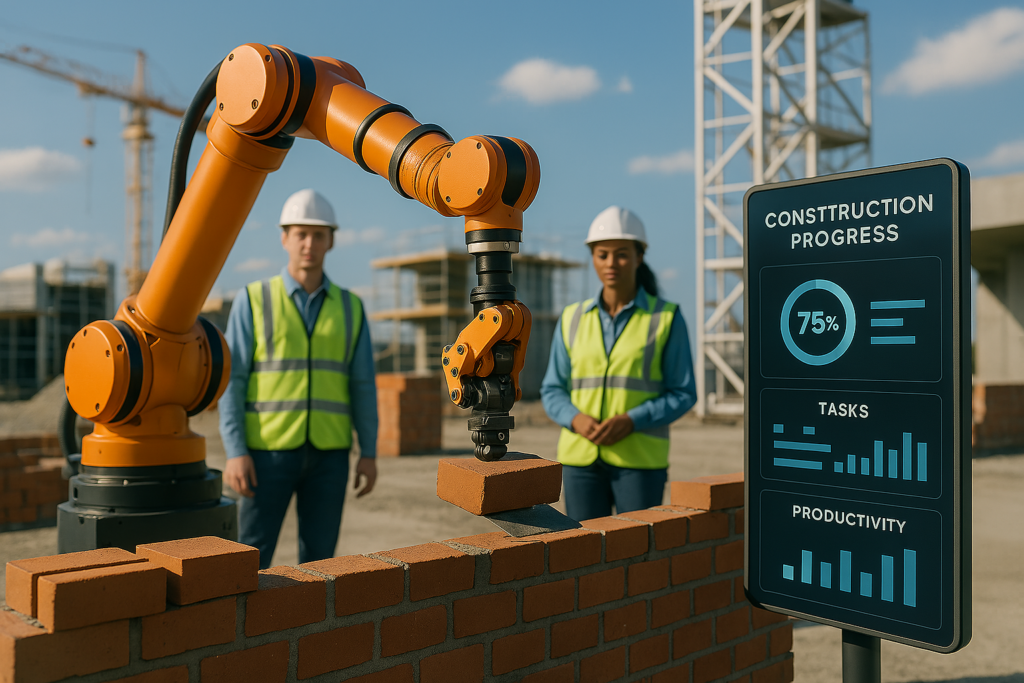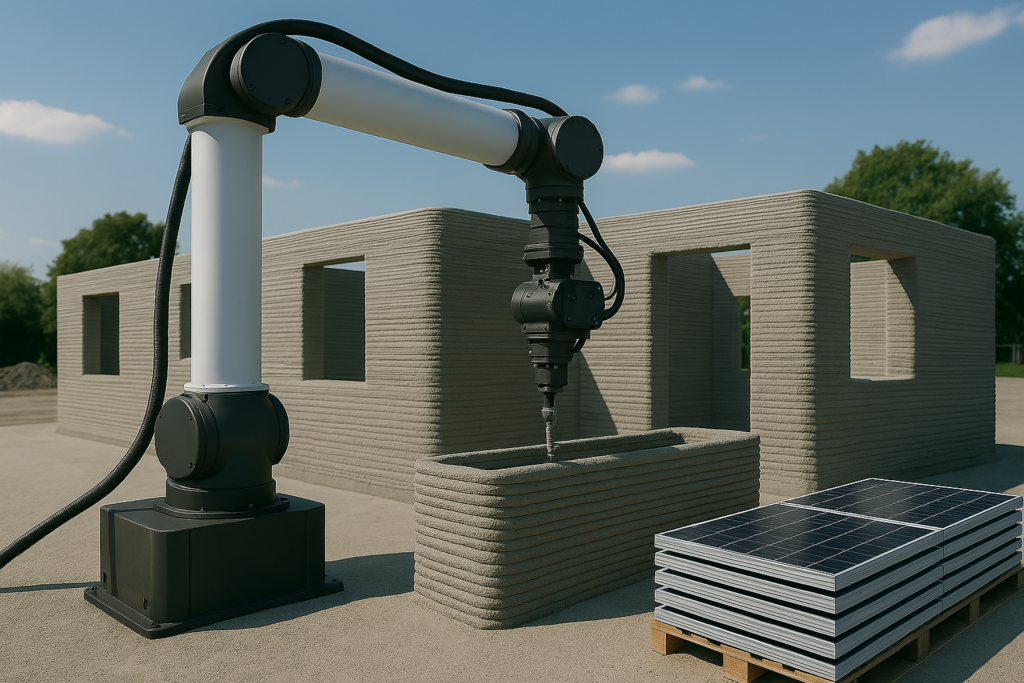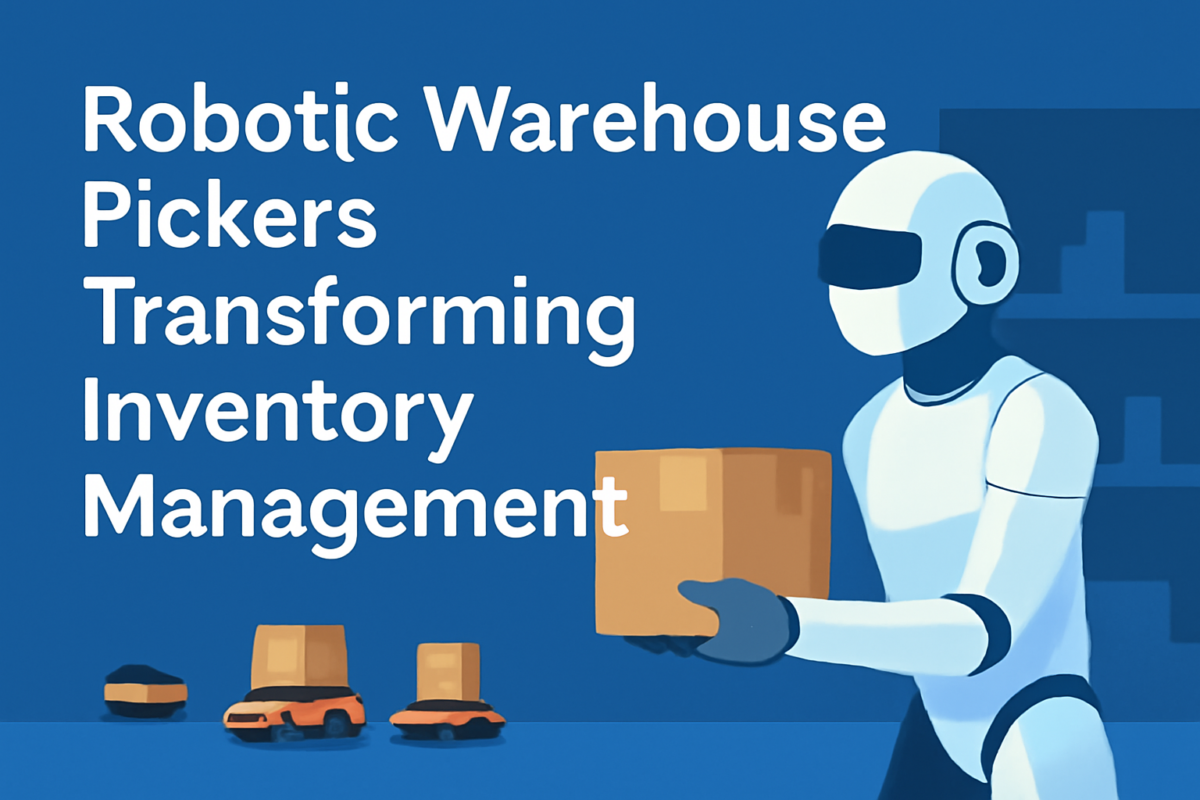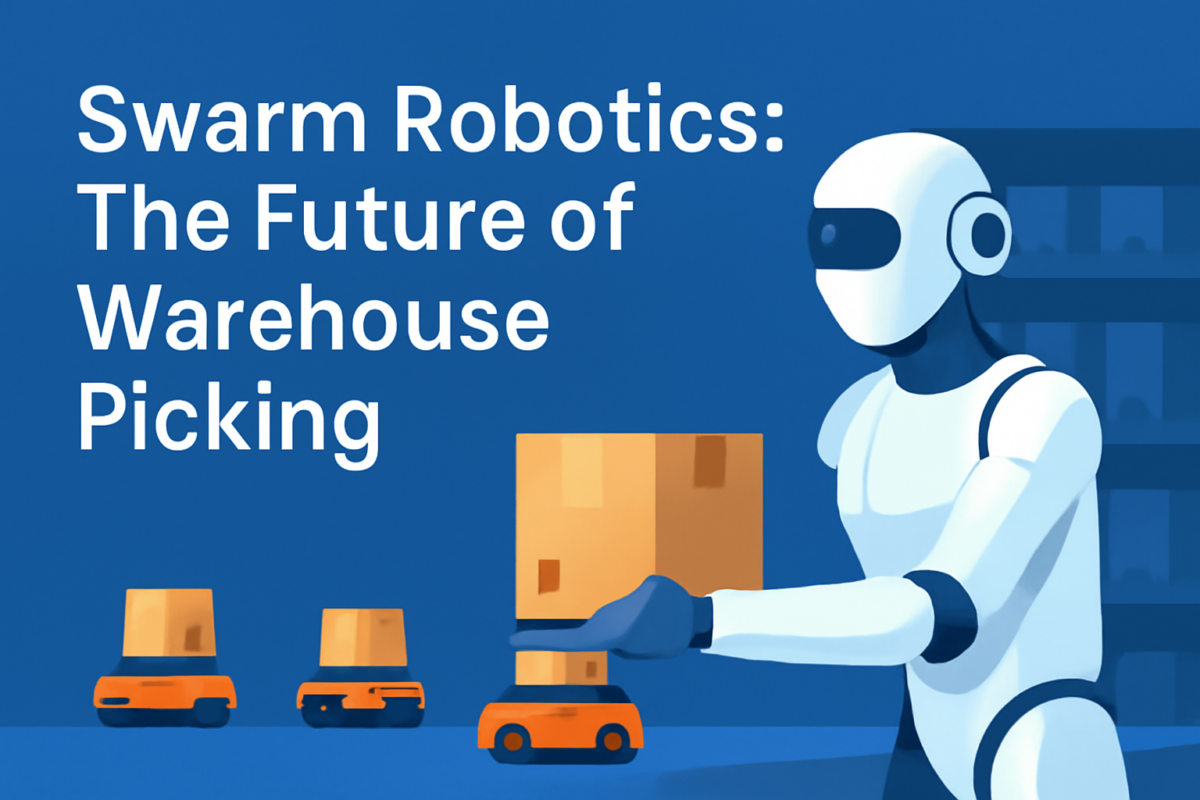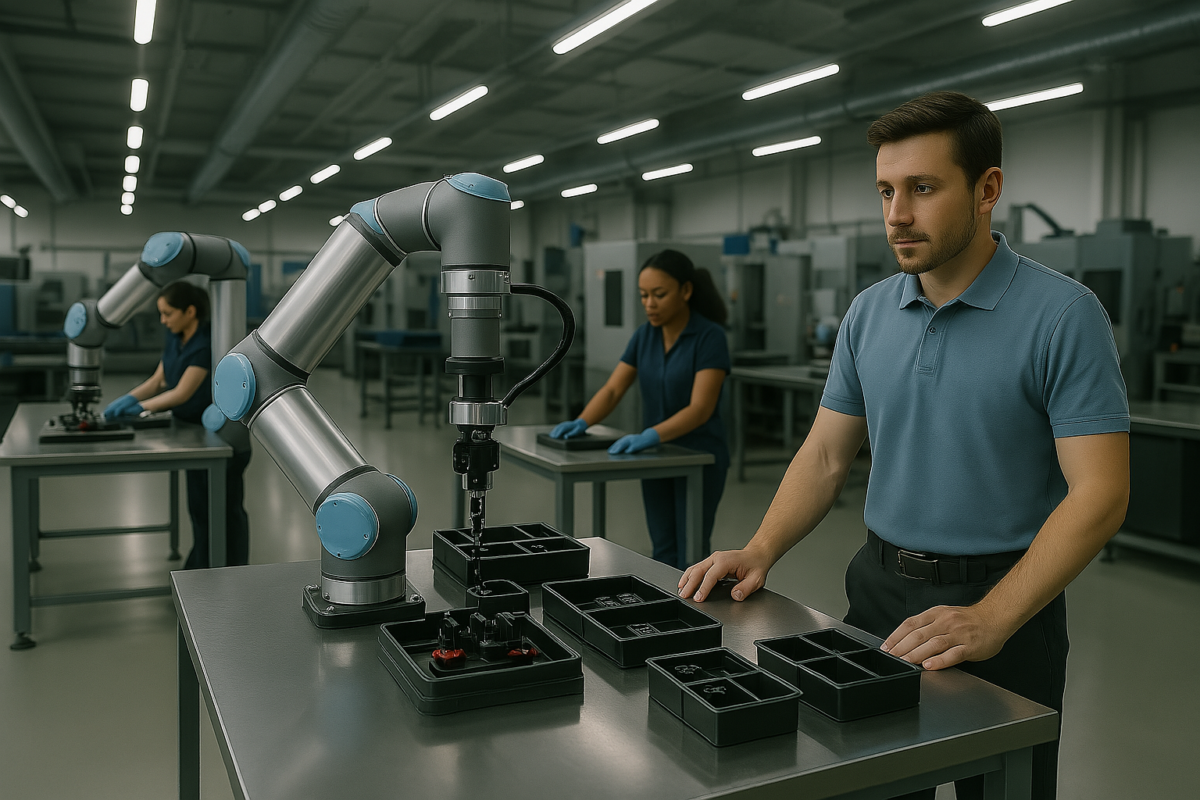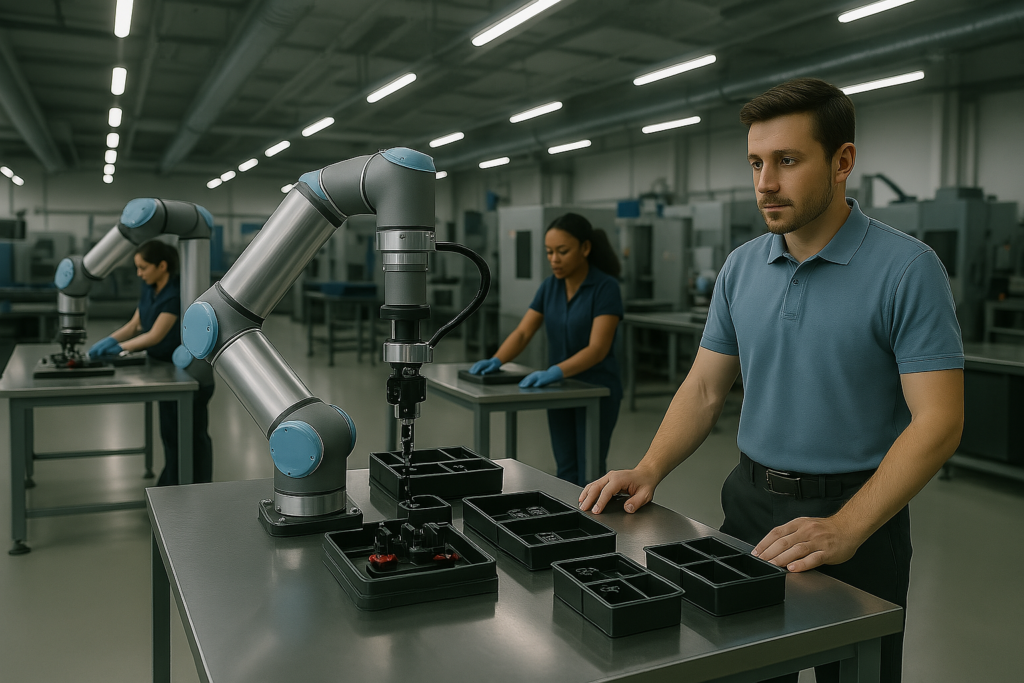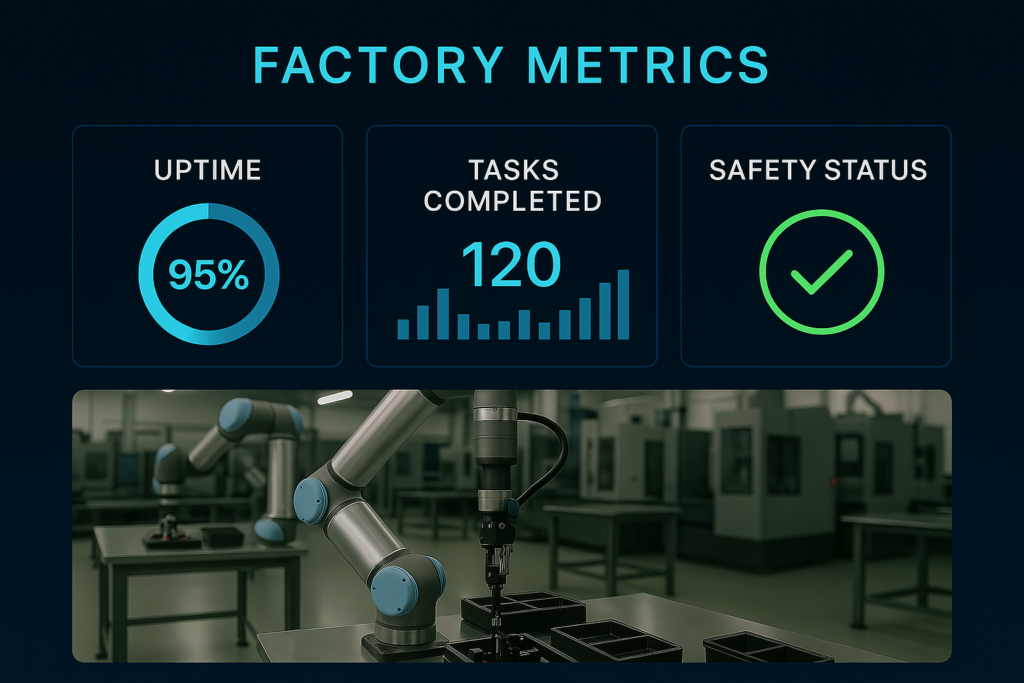Sensor Fusion Robotics: The Future of Robotic Picking Accuracy
Introduction
The evolution of warehouse automation has reached a turning point. As the demand for speed, precision, and scale intensifies, traditional robotic systems are struggling to meet modern accuracy standards in complex environments.
Sensor fusion robotics, the convergence of multiple sensing technologies into one cohesive framework, is now redefining how robots perceive, interpret, and act within their operational space. This capability is crucial for enhancing warehouse picker accuracy and enabling dependable performance in high-throughput logistics settings.
This article examines the transformative impact of sensor fusion on robot guidance technology, AI logistics tracking, and the broader ecosystem of precision robotic systems.
What Is Sensor Fusion in Robotics?
Sensor fusion robotics refers to the integration of multiple sensory data streams, such as visual, tactile, infrared, and ultrasonic, into a single coherent dataset that improves a robot’s perception and decision-making capabilities.
In the context of warehouse automation sensors, this approach compensates for the limitations of individual sensors and improves overall system reliability. A camera may detect color and shape, while LiDAR estimates depth and dimensions. When synchronized, they yield a 3D understanding that enables far more accurate robotic interactions with the physical environment.
This layered insight drives not only picking efficiency but also adaptability, robots can react to variations in lighting, unexpected obstacles, or misaligned products, all without human intervention.

ALSO READ: Predictive Maintenance Extending Robotic Picker Lifespan
Why Robotic Perception Needs Sensor Fusion
Single-sensor approaches are insufficient in dynamic or cluttered warehouse environments. For example, visual sensors alone may fail in low-light conditions or when objects are reflective. Sensor fusion ensures robust robotic perception by aggregating different types of data to create a contextual understanding of surroundings.
This multidimensional awareness enables robots to:
- Detect objects with varying shapes and materials.
- Operate seamlessly in unpredictable warehouse layouts.
- Adjust in real time using AI-driven sensor weighting algorithms.
The result is increased efficiency and dramatically reduced picking errors.
Moreover, fusion algorithms continuously learn from previous tasks using reinforcement learning and machine vision models, resulting in incremental performance improvements over time, something traditional single-sensor setups cannot match.
Enhancing Warehouse Picker Accuracy
Warehouse picker accuracy is a core KPI in logistics. Mistakes in product picking translate to delays, customer dissatisfaction, and revenue loss. Sensor fusion enhances:
- Spatial awareness: Combining depth sensing and visual data improves target identification.
- Grip optimization: Tactile feedback sensors aid adaptive gripping.
- Collision avoidance: Ultrasonic and LiDAR sensors work in tandem to prevent mishandling.
In facilities handling thousands of SKUs, this level of granularity ensures that robots can distinguish between near-identical items based on size, weight, or position, crucial for pharmaceutical, electronics, and high-value product categories.

The Role of AI in Logistics and Sensor Fusion
AI logistics tracking systems process fused sensor data to optimize:
- Navigation paths for robotic arms or AMRs (Autonomous Mobile Robots)
- Real-time task scheduling
- Predictive maintenance alerts for hardware longevity
When fused with robot guidance tech, AI models provide situational analysis and micro-adjustments to ensure highly accurate picking performance.
This also introduces enhanced scalability, each additional robot added to the system benefits from a centralized intelligence layer that already understands spatial and functional layouts. As a result, even small-to-medium enterprises can now afford intelligent automation previously accessible only to enterprise-scale operations.
Use Cases: Sensor Fusion in Leading Logistics Systems
Industry leaders like Amazon Robotics and Boston Dynamics are already integrating sensor fusion to support:
- High-speed logistics robot software
- Cloud-based robotic coordination across facilities
- Scalability of picker vision AI systems
In addition to traditional warehousing, sensor fusion has also found applications in:
- Cold-chain logistics (handling sensitive products in varied temperature/light conditions)
- Micro-fulfillment centers (compact, high-density picking environments)
- Last-mile delivery robots requiring obstacle-rich navigation
These applications show measurable improvements in pick success rates, downtime reduction, and order accuracy.

Challenges and Future Outlook
While the benefits are substantial, challenges remain in:
- Sensor calibration and drift over time
- Data overload and latency in real-time processing
- Integration with legacy robotic systems
However, advancements in edge computing and 5G infrastructure are expected to reduce these barriers, paving the way for near-zero-error robotic operations in logistics.
Open-source frameworks like ROS (Robot Operating System) and modular sensor packages are making adoption easier and more cost-efficient across industries.
FAQs
What is sensor fusion in warehouse robotics?
Sensor fusion combines multiple sensor data streams, like vision, LiDAR, and touch, into one dataset to improve robotic accuracy and reliability.
How does sensor fusion impact warehouse picker accuracy?
It reduces errors by providing a detailed and holistic understanding of the warehouse environment, enabling robots to pick items more precisely.
Why is AI logistics tracking important in robotic perception?
AI models analyze real-time fused sensor data to guide robots efficiently, boosting productivity and decision-making in logistics.
Which sensors are used in sensor fusion robotics?
Common sensors include RGB cameras, depth sensors, LiDAR, ultrasonic sensors, IMUs, and tactile sensors.
Is sensor fusion cost-effective for small warehouses?
Yes. With modular hardware and open-source robotics platforms, sensor fusion is becoming increasingly accessible to small- and medium-sized warehouses.
Conclusion
Sensor fusion represents a significant leap in robotic intelligence, bringing together hardware and AI to achieve unmatched warehouse picker accuracy. As robotics continues to drive the future of logistics, businesses that invest in these precision systems will stand at the forefront of operational excellence.
Ready to Explore More?
Looking to integrate sensor fusion into your warehouse automation strategy? Contact our robotics solutions team today for a tailored deployment plan.
